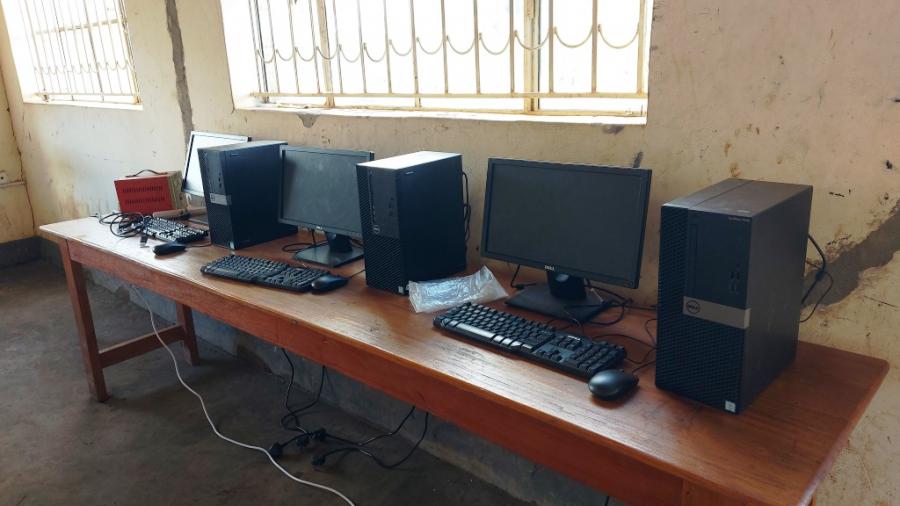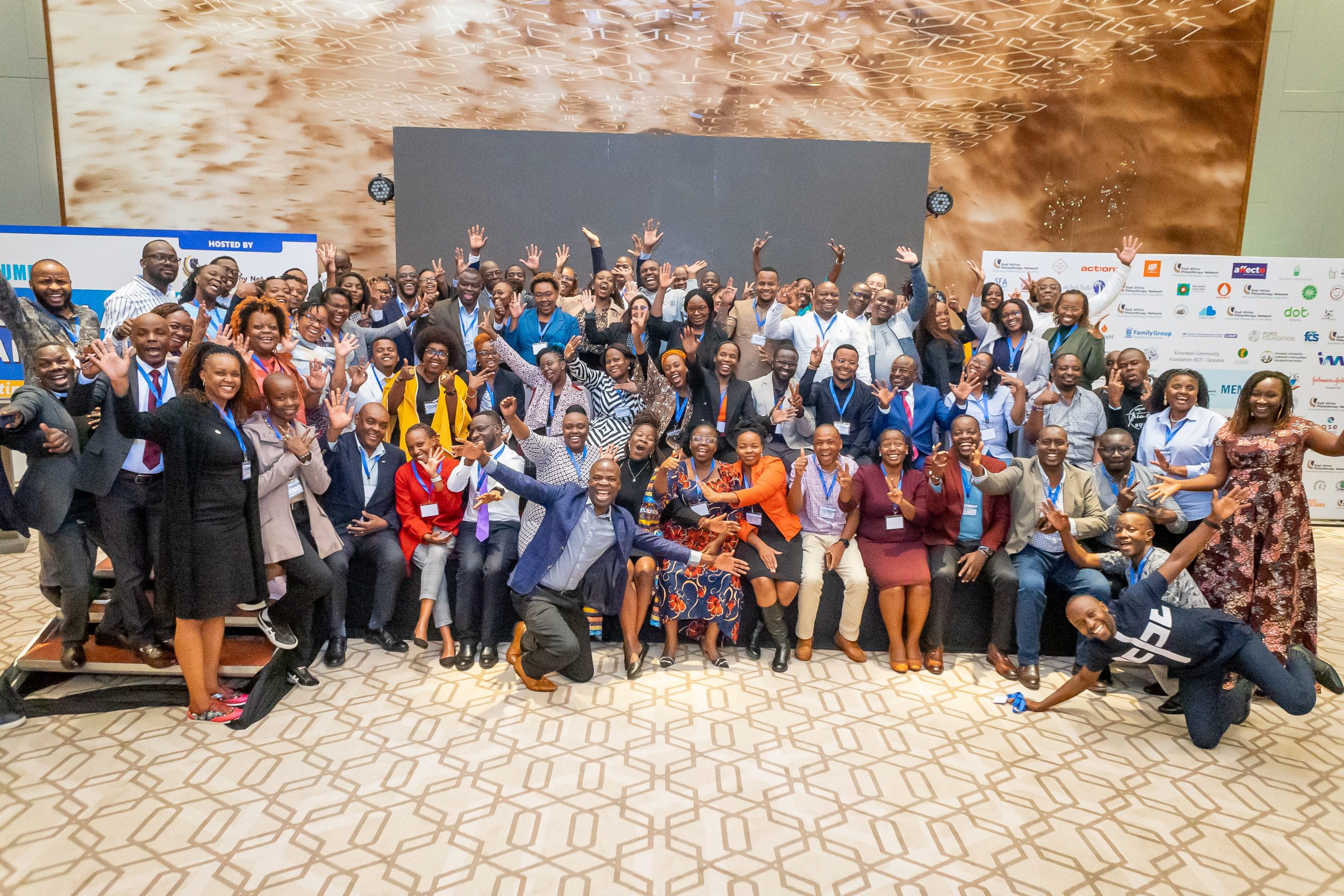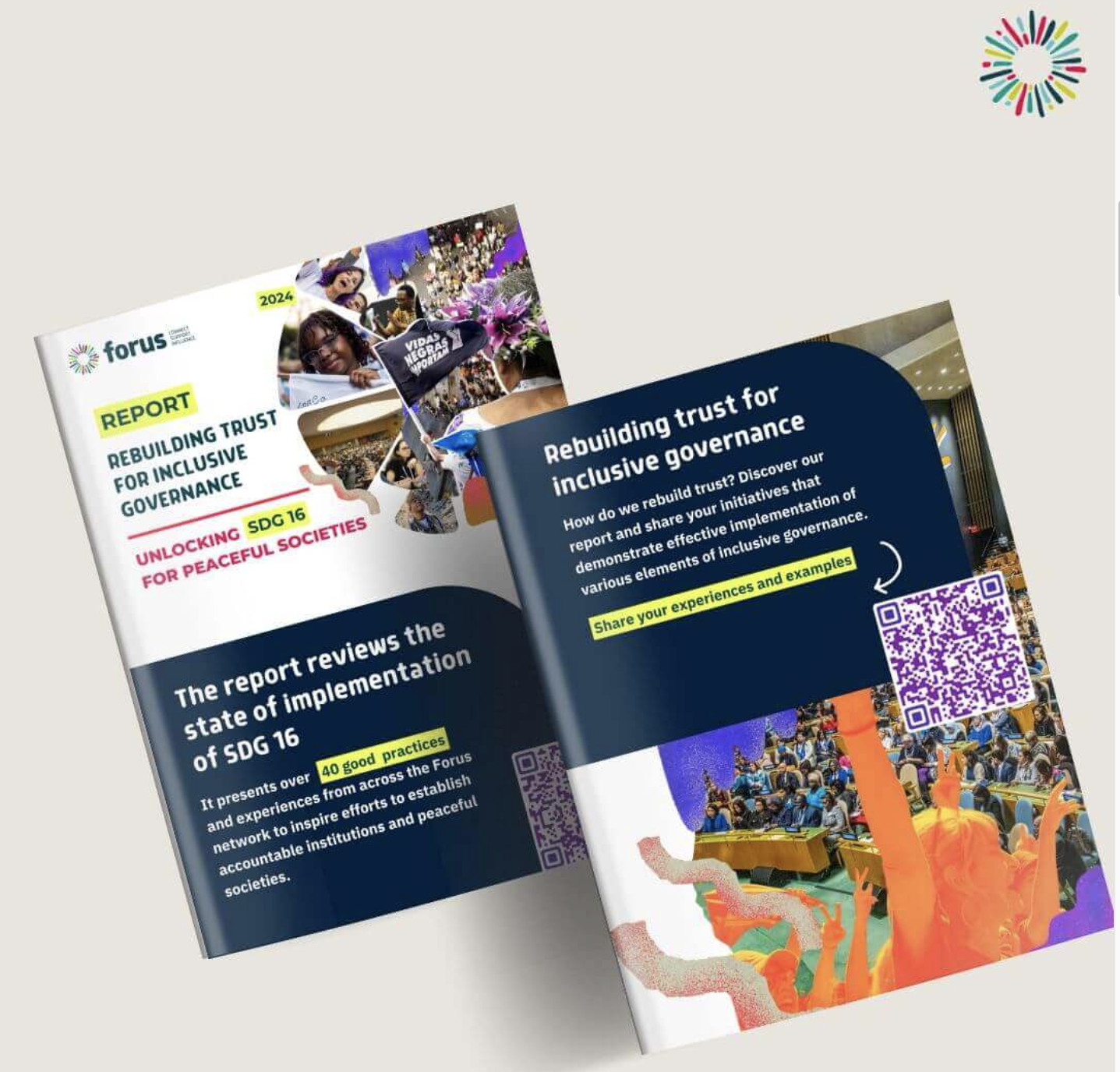
Local Fundraising for ICT Lab Yielding Results
In 2008, the Government of Uganda took a significant step by mandating the inclusion of computer science in the curriculum in secondary schools. This decision aimed to foster the widespread adoption of information communication technologies (ICT) and equip students with essential digital skills.
Whereas this move is commendable, its implementation has posed a substantial challenge for many schools, particularly those situated in rural areas. One such example is Kaboyo Secondary School in Kabarole District, which, despite its 41-year history, has struggled to meet the requirements set forth by the government.
The concerns surrounding Kaboyo Secondary School’s status were brought to light during a community dialogue on local philanthropy in 2022 held in Nyabuswa Parish, Mugusu Town Council. community members expressed concerned about the school’s impact on student enrollment and academic performance, citing issues such as low student enrollment, inadequate classroom facilities, the absence of a science laboratory and ta lack of ICT equipment, among others. Following a stakeholders meeting, an appeal to use collective interventions to revamp the school was made.
Mr. Nyakana Joseph, the Deputy Head teacher outlined two key approaches adopted by the stakeholders – fundraising and lobbying. A fundraising drive for the ICT laboratory was thus launched on 27th July, 2023 with a goal of mobilising 15 desktops and 5 laptops. To date, 3 desktops and 2 laptops have been procured.
“Kabarole NGOs & CBOs Association (KANCA) inspired us to leverage local resources, and engage all friends of our school, arguing that since it had existed for a long time, it couldn’t fail to have supportive persons. This encouraged us to reach out to the Alumni of the school and other stakeholders. We are happy with the progress so far and we believe our goal will be realized” … said Mr. Nyakana Joseph.
The story of Kaboyo Secondary School reflects a proactive community response to the challenges posed by the government’s educational policy, showcasing the power of collective action and resource mobilization to address the evolving needs of educational institutions.



